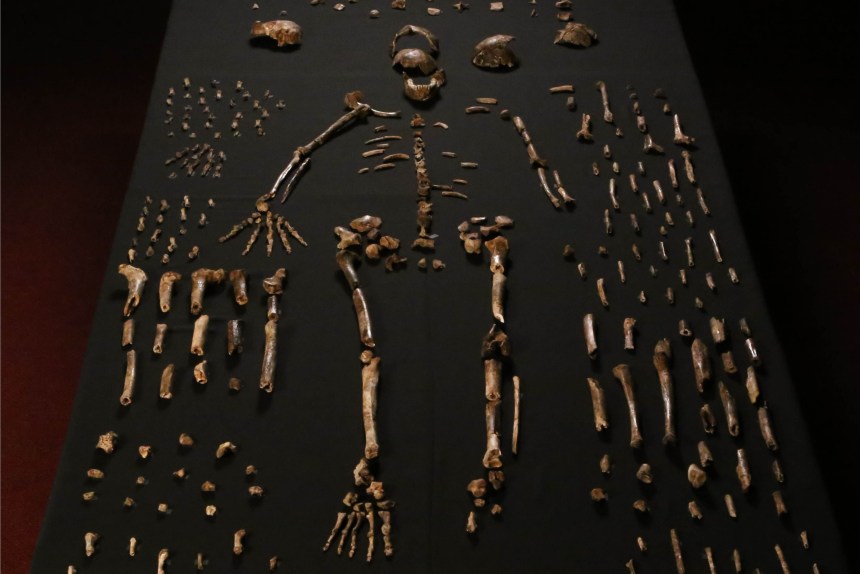Seven Earth-like exoplanets discovered orbiting a single nearby star

Astronomers at the University of Liège in Belgium have discovered seven Earth-like exoplanets orbiting a single, nearby star called TRAPPIST-1. The scientists have uncovered these planets with NASA’s Spitzer Space Telescope and several ground-based telescopes, by detecting small decreases in the light intensity of the star as the planets passed in front of it. TRAPPIST-1 is located approximately 40 lightyears from the Earth in the constellation Aquarius and is so small and cool that all seven planets feature temperate conditions, suggesting that liquid water could be present at any of their surfaces. Moreover, three of these planets are located within the habitable zone, the area around a star where conditions are most favorable for life. This discovery, which has been published in Nature, represents a new record for the greatest number of habitable-zone planets found in a single star system and is therefore an important milestone in the search for extraterrestrial life.
For more on the story behind this fascinating discovery, watch the video by NASA below.
Journal reference: Gillon, M. et al. (2017). Seven temperate terrestrial planets around the nearby ultracool dwarf star TRAPPIST-1. Nature, 542(7642), 456–460.
Image: Artist’s impression of the surface of TRAPPIST-1f, one of the newly discovered planets in the TRAPPIST-1 star system. Credit: NASA/JPL-Caltech.









